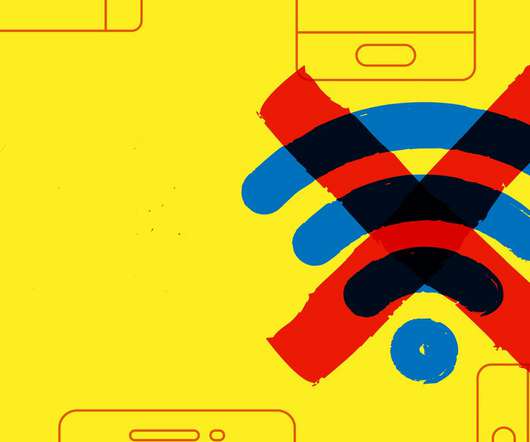Smartphone Learning
IT Bill
FEBRUARY 6, 2017
Mobile technologies have changed over the years: from the early PDAs, Blackberrys and feature phones with texting capability and cameras, to tablets and eReaders to the ubiquitous smartphones of today. According to the ECAR 2016 Study of Undergraduate Students and Information Technology , 96% of undergraduate students now own a smartphone.















Let's personalize your content